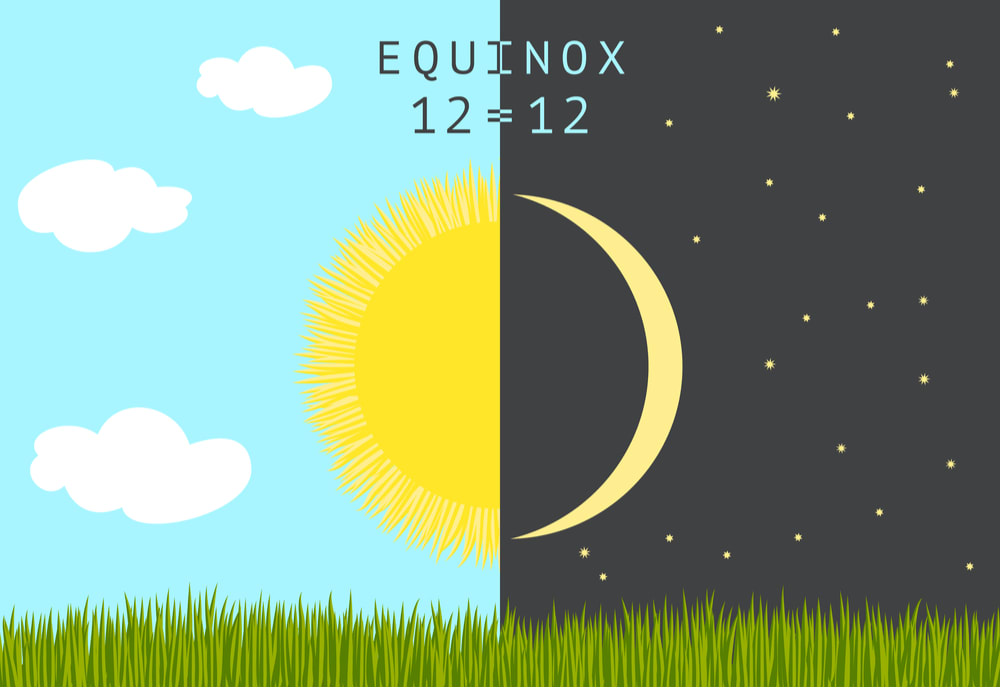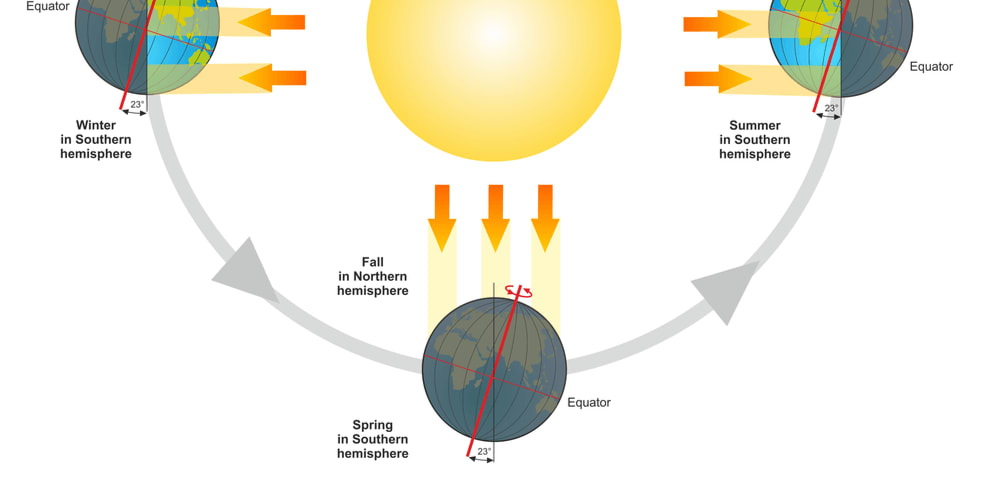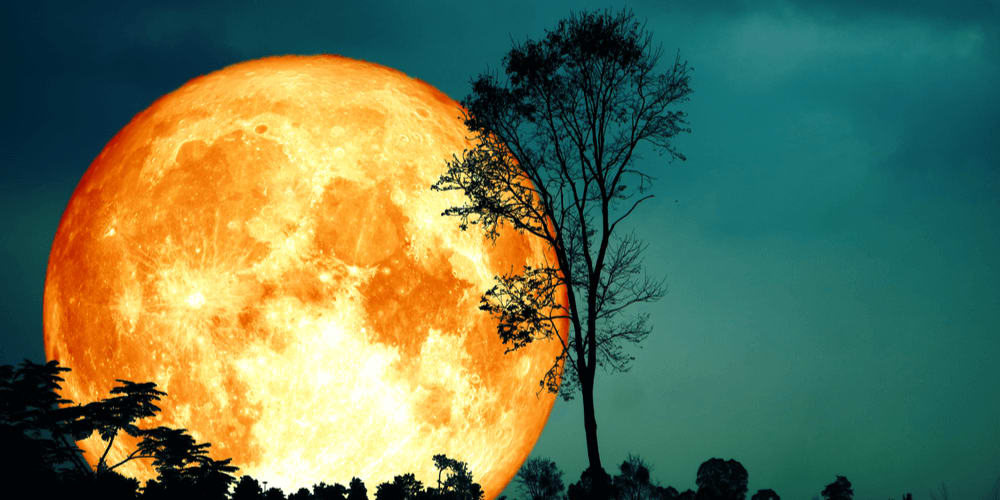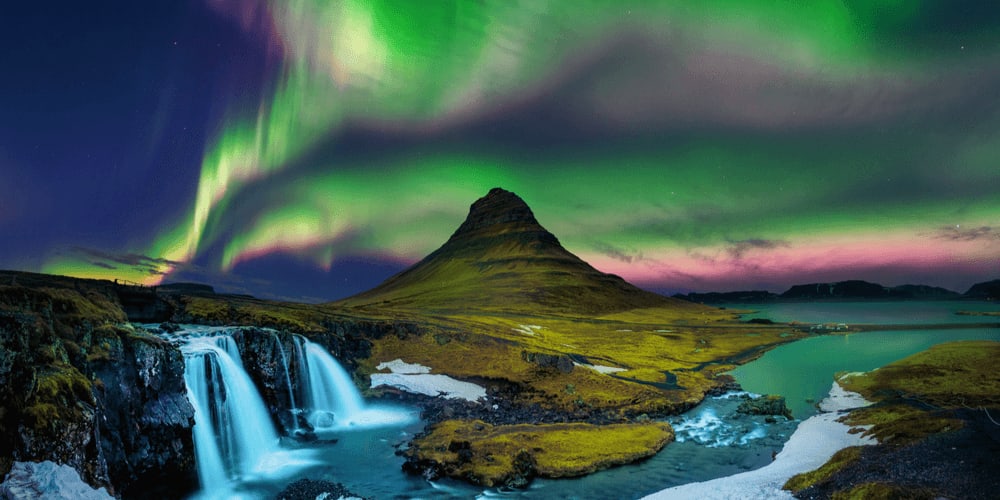The Northern Hemisphere will say goodbye to summer on September 22, and on the same day, the Southern Hemisphere will welcome fall. Why is the day called September Equinox and how is it celebrated in other cultures? Read on to learn more!
What Is Equinox?
In Latin, equinox means 'equal night' (equi=equal and nox=night), and technically this statement is not far from the truth as on equinox the day and the night are of almost the same length - 12 hours.
There are two equinoxes in a calendar year, one of them occurs on September 22 or 23 (extremely rarely on September 21 or 24 - the fall equinox took place on September 21 in 1000 AD and will only occur in 2092) and the other one happens around March 20-21. These days are called autumnal (fall) and spring (vernal) equinoxes respectively.

The Sun and Equinox
Equinoxes take place at the same moment in every part of the world because at this moment the Sun crosses the imaginary line in the sky located above the equator of the Earth called the celestial equator. At this very point, the axis of our planet is tilted neither away from nor towards the Sun. In simpler words, it means that on equinoxes the Sun rises due east and sets due west. Use the moment to make sure you know where all the cardinal directions are located!
In the Northern Hemisphere, the day marks the astrological beginning of fall (although meteorologists say it starts on September 1); in the Southern Hemisphere, September Equinox is the beginning of spring.

The Full Moon and Equinox
The full Moon that is the closest one to September Equinox is called the Harvest Moon, and it's also special. On average, in a lunar month (the period between two full Moons or two new Moons) the Moon rises 50 min later every day. Around the Harvest Moon period, however, the difference between the two moonrises is only 30-40 min. The inhabitants of the Southern Hemisphere face the opposite situation - the Moon rises more than 50 min later every day.

Aurora Borealis and Equinox
If you live or are staying at high Northern Hemisphere latitudes, you have higher chances to watch aurora borealis around September equinox. Northern Lights are twice more likely to occur in spring or fall than in summer or winter.

Fall Equinox in Different Cultures
Ancient Greece
According to Greek mythology, Persephone, the harvest goddess, returned to her husband Hades and continued to live with him in the underworld until the first days of spring. Equinox was considered the time of reflections and a good period for enacting protection spells and rituals.
China
The Chinese celebrate the Moon Festival around September equinox. This holiday commemorates harvest and its main dishes include a Mooncake filled with sesame seeds, lotus, and a duck egg.

Japan
During both fall and spring equinoxes, the Buddhists observe Higan - a week of Buddhist services. Higan means 'the other shore' - the name connected with the myth about the dead who reach Nirvana. During the week, people visit, clean, and decorate the graves of their close ones.
Paganism
Mabon is celebrated in many Pagan traditions on September equinox. This holiday commemorates the second harvest and the beginning of preparations for winter. Pagans also use this day to give thanks to the sunlight and show respect to the dark.

Christianity
Many Pagan equinox celebrations have been replaced by various Christian holidays, e.g.: Michaelmas or the Feast of Saint Michael is celebrated on September 29.
How are you going to celebrate the autumnal equinox? Share your ideas with us!